Pregnancy in Cats: Advice and What to Expect
Are you planning for your cat to become pregnant? Or maybe you’ve just discovered that the tom cat next door has taken a liking to your feline.
It’s important learn up about pregnancy in cats so that you can be prepared for before and after your cat gives birth. We’ll answer quite a few of your burning questions related to your cat’s pregnancy in this article!
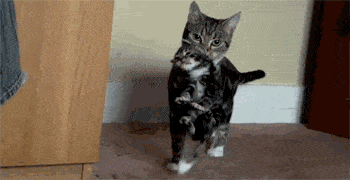
Source: Giphy
At what age can a cat become pregnant?
The majority of cats will achieve sexual maturity at a relatively young age, sometimes as early as six months of age! This means that they are able to breed and have kittens. Ideally, if you are planning for your cat to become pregnant, it is important to wait for the second heat or estrus cycle. If you don’t want your cat to become pregnant you should look into getting your cat desexed before they reach maturity.
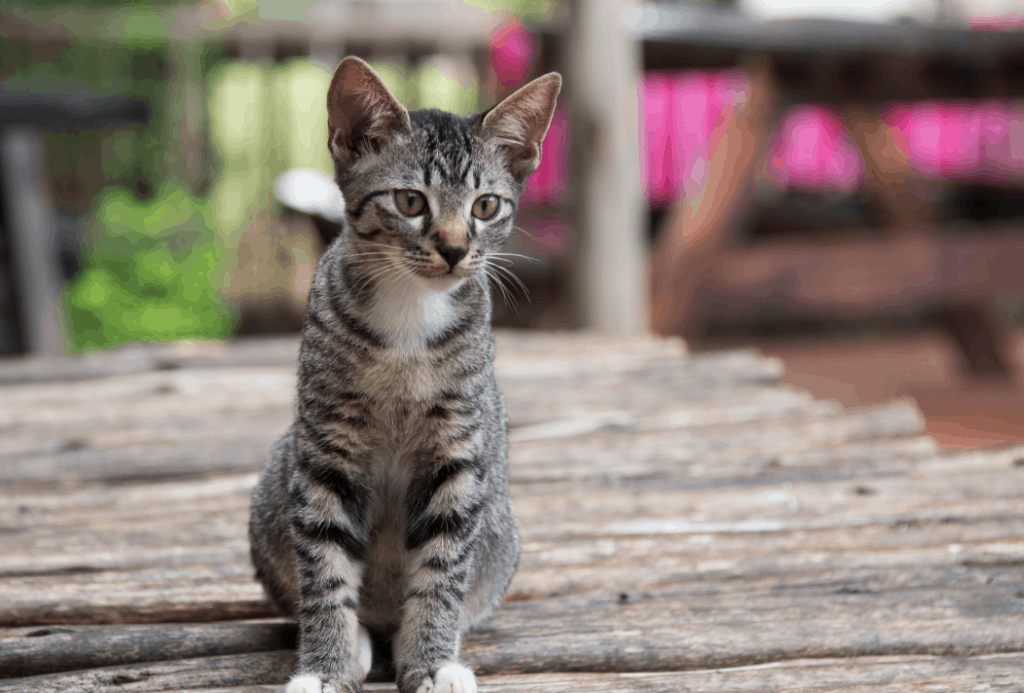
What time of year do cats get pregnant?
Intact female cats are called queens, and queens can go into heat multiple times a year. Feral cats will become more sexually active after the cold winter months have passed, and since the average pregnancy or gestation length in cats in 63 to 65 days, this explains why springtime is known as “kitten season” in the United States.
How do you know your cat is ready to mate?
Queens that go into heat may become more affectionate and vocal at times. They are sensitive to pats on their lower backs and may raise their tails in the air or roll over on their backs a lot. When they mate, the male cat or tom will bite the scruff of the queen’s neck. When mating is finished, the queen will cry out and may seem aggressive as if she is experiencing pain. This is because the barbs on the tom’s penis are what stimulates ovulation in the queen.
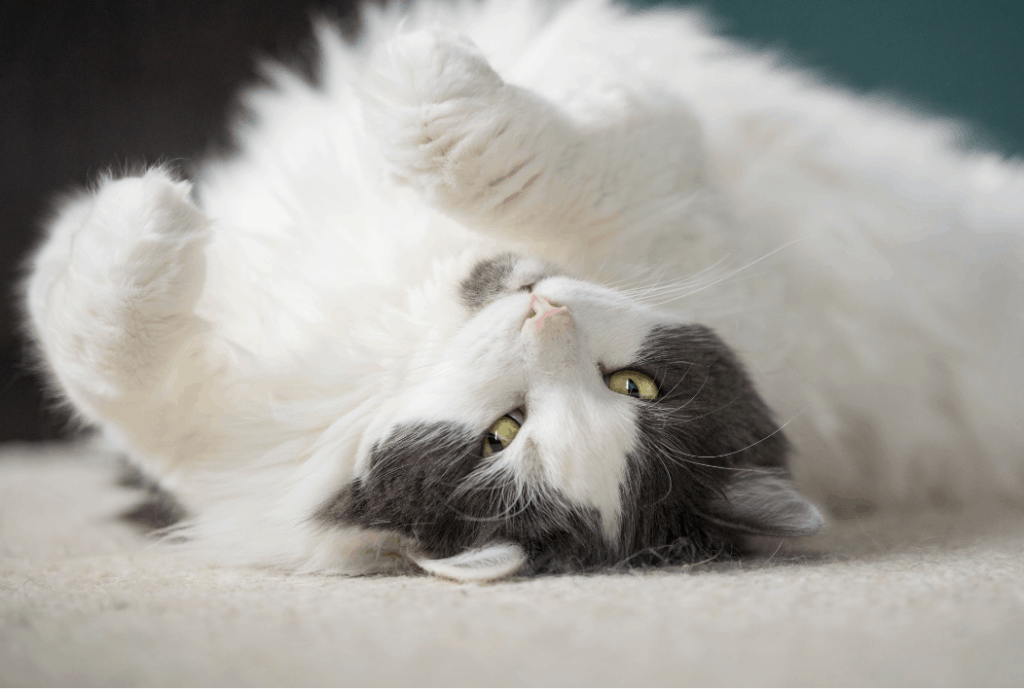
Diagnosing pregnancy in cats
You may not notice any changes in personality
Pregnant queens typically do not experience dramatic personality changes, though some may show a little more affection at times.
Her belly will typically get bigger with litters of 3 or more
Queens with one or two kittens may not develop a large belly, but queens with larger litters will start to have big round bellies in the coming weeks.
Her appetite will increase
They will also consume about 1.5 to 2 times more calories than normal.
The best test is of course an ultrasound
Diagnostics such as x-rays and ultrasound are helpful in the middle of gestation because they can let you know how many kittens to expect when the queen gives birth.
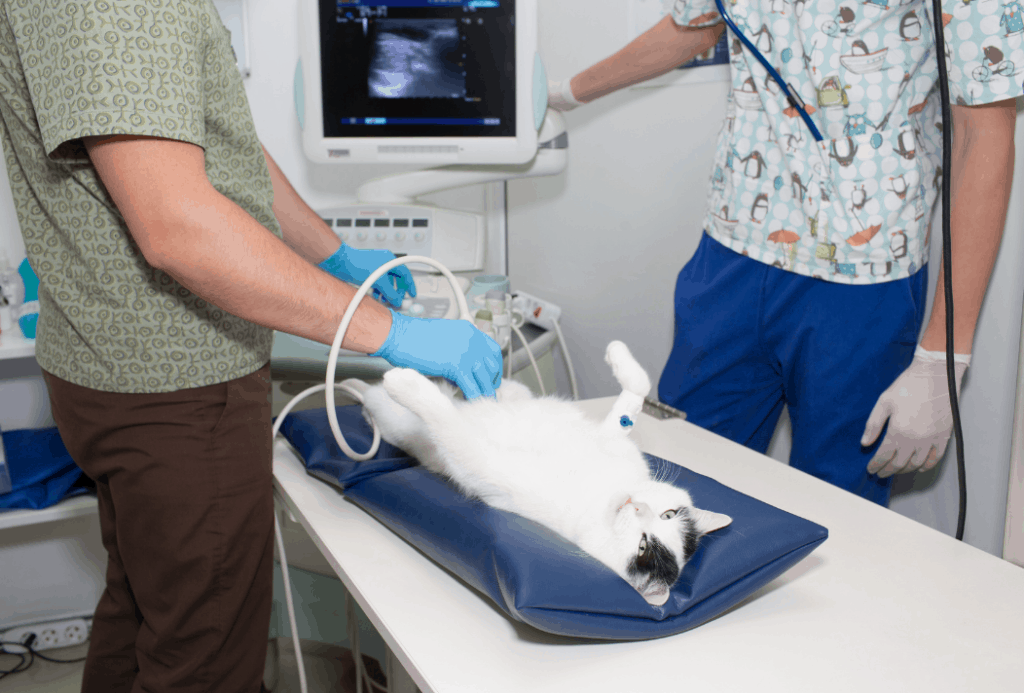
Your cat will know exactly what to do when in labour
Unlike us humans, your cat typically doesn’t need a midwife or a doctor to guide her through the birthing experience, she instinctively knows exactly what to do! She will happily give birth in your home, however there are some situations in which you may need to assist or call in a vet for help.
She’ll seek out a safe place at home
In the final week of gestation your pregnant queen will seek a secure place to have their babies. You can help by creating a kittening box. A bed with tall sides is fine, but a cardboard box with old sheets or towels may be better because it has higher walls than the typical bed and the materials can be changed when they become soiled. Be sure to keep this kittening box in a quiet area of the house but in a way that you can observe her when she is in labor.
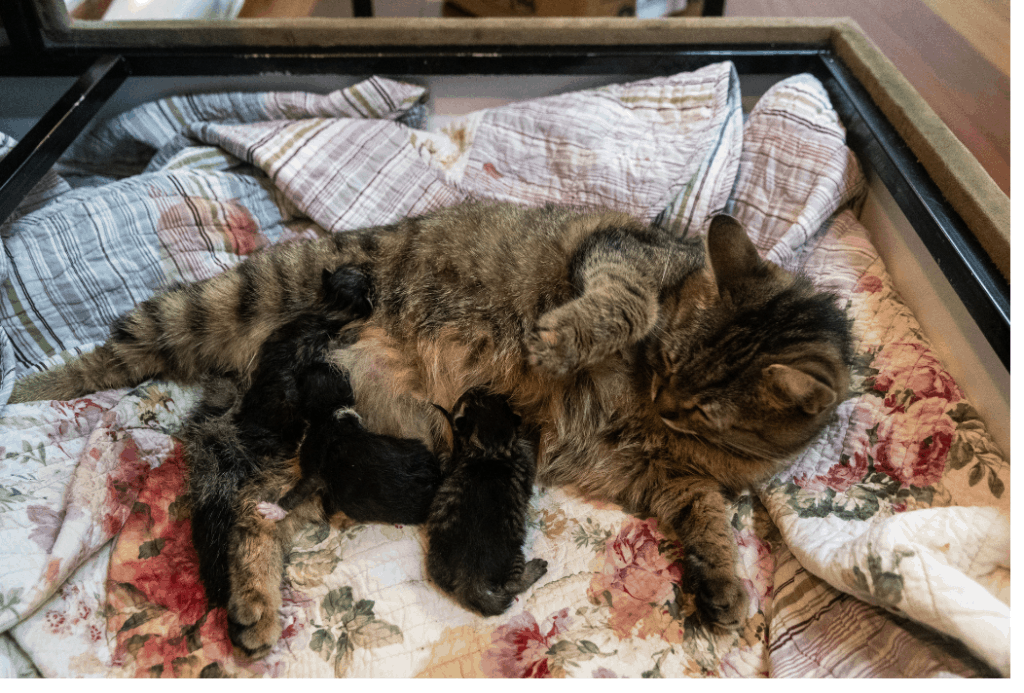
There are three stages of labor:
Labor Stage 1 – trips to the kittening box, decreased appetite
The queen will make frequent trips to the kittening box. She might dig at the materials lining the inside of the box, and she might pant and may stop eating. Obvious uterine contractions do not begin until the second stage, and the first stage can last from 24 to 36 hours before labor progresses.
Labor Stage 2 – uterine contractions & birthing
The second stage of labor involves strong uterine contractions, and you may see your cat begin to strain to pass the fetus. It may take about 10 to 30 minutes for this stage to progress to the passage of the first fetus, but if your cat is actively straining for more than 20 minutes and no kitten is produced, you need to contact your veterinarian for assistance. The same is true if you can see the amniotic sac or a small part of the kitten trying to pass through the vulva but your cat has been straining non-productively for 10 minutes. Difficulties with the birthing process are referred to as dystocia.
With each kitten, the queen will remove the amniotic sac from around them and then clamp the umbilical cord herself by biting into it. She will then lick them clean to help dry them since newborn kittens can get cold very easily.
If the queen does not immediately assist her kittens, you will need to step in. It helps to have a pediatric bulb handy in case you need to remove the sac yourself and then use the bulb to gently remove fluid from inside the kitten’s mouth. You can then use a dry cloth and vigorously rub the kitten’s sides to help it breathe. If the kitten is breathing and mewing, make sure they are dry before returning them to the queen.
Labor Stage 3 – passing the fetal membranes
The third stage involves the passing of the fetal membranes, which typically have a green-black color. It is common for the queen to ingest these membranes. If the membranes are retained, this can cause illness because the membranes can decompose in the uterus and cause abnormal brown discharge or infection. If your cat develops a fever, is lethargic, or is losing blood for more than ten minutes, be sure to contact your veterinarian right away.
What is Interrupted labor?
Interrupted labor is possible for some cats. This is where the queen stops straining and goes back to being happy, eating, and nursing her kittens, yet there are still some unborn kittens! This can last 24 to 36 hours before the queen goes back to actively pushing again.
After your cat’s labor
Change the toweling & keep the kittens warm
Once labor is over, you can change the toweling or sheets inside of the kitten box, and be sure to keep it in a space where it is warm. If it is too cold outside of the box, a heat lamp can be situated nearby. Avoid lighting the entire box because the queen and her kittens can become overheated. This is also true of heating pads and heating blankets – avoid putting these in the box!
You may need to help the kittens
If the kittens are having trouble suckling, you may have to help them find their mom since all kittens are born with their eyes closed. If they are still having trouble or the queen is rejecting them, you may have to step in to bottle-feed them with formula.
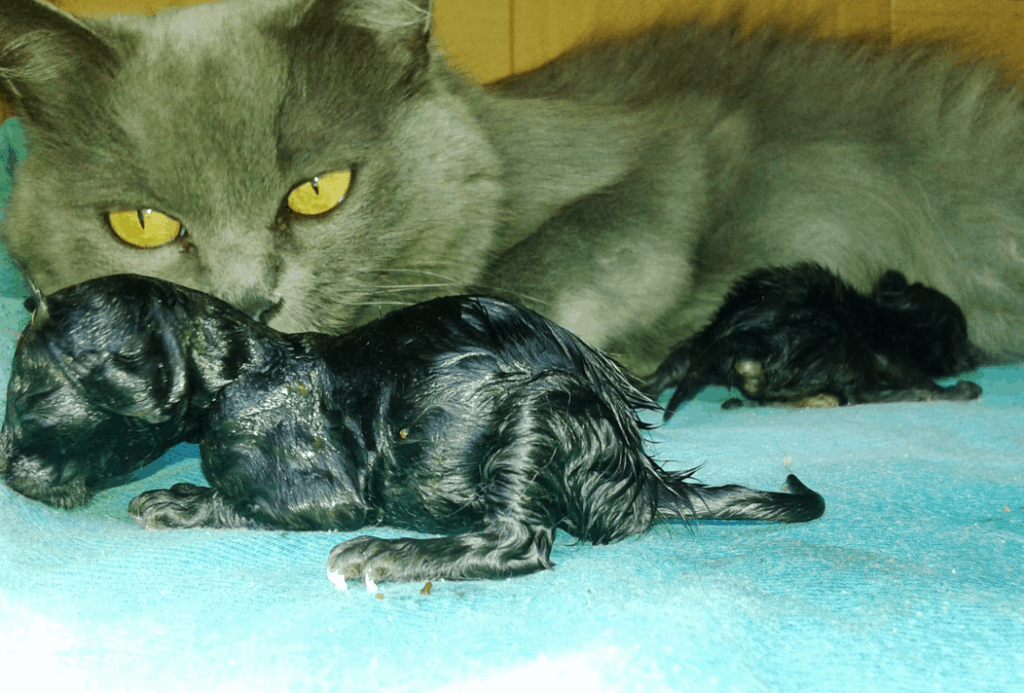
Look out for mastitis in momma cat
Queens can develop swollen, painful mammary glands which is known as mastitis, and your vet will be able to provide antibiotic for treatment.
Monitor for any signs of eclampsia
In the coming weeks, there is an increased risk for eclampsia which is when there is a severe decrease of calcium in the bloodstream. There is an especially higher risk of eclampsia for queens with large litters. If your cat has muscle-twitching, leg stiffness, or even seizure-like activity, this is a medical emergency and can be life-threatening.
Pregnancy in cats can be difficult yet rewarding!
Remember that pet overpopulation is still an issue around the world, and you should consider breeding your cat very carefully. There are plenty of beautiful cats waiting to be adopted at your local animal shelter.
If your cat does become pregnant, you must be able to find good homes for all of the kittens. In the case of unplanned pregnancies, since the gestation period for cats is much shorter than humans, if you don’t pick up the signs early you could be watching your cat head into labor before you have the time to adjust to the news!
Sometimes things don’t go exactly as planned and you might end up with a little orphaned kitten that will need attention. Make sure you’re prepared ahead of time!
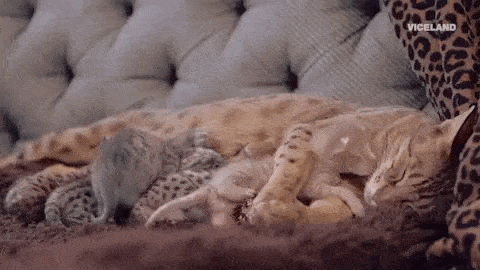
Source: Giphy
If you have any questions about the process of pregnancy in your cat and what to expect, be sure to contact your veterinarian and keep their phone number handy during the labor process.
The post Pregnancy in Cats: Advice and What to Expect appeared first on VetBabble.




Post a Comment